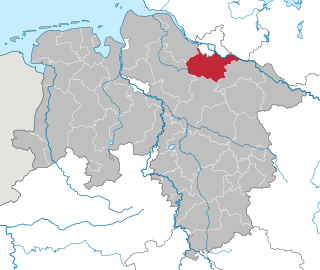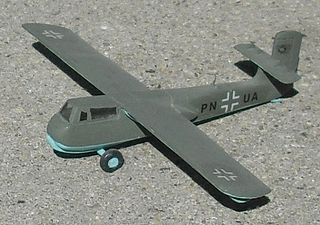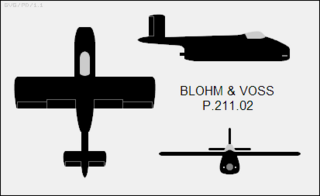This article needs additional citations for verification .(June 2017) (Learn how and when to remove this template message) |
Wenzendorf | |
|---|---|
| Coordinates: 53°21′N09°46′E / 53.350°N 9.767°E Coordinates: 53°21′N09°46′E / 53.350°N 9.767°E | |
| Country | Germany |
| State | Lower Saxony |
| District | Harburg |
| Municipal assoc. | Hollenstedt |
| Subdivisions | 5 |
| Government | |
| • Mayor | Manfred Cohrs |
| Area | |
| • Total | 21.64 km2 (8.36 sq mi) |
| Elevation | 64 m (210 ft) |
| Population (2017-12-31) [2] | |
| • Total | 1,434 |
| • Density | 66/km2 (170/sq mi) |
| Time zone | CET/CEST (UTC+1/+2) |
| Postal codes | 21279 |
| Dialling codes | 04165 |
| Vehicle registration | WL |
| Website | |
Wenzendorf is a municipality in Lower Saxony, Germany. It is also the name of the chief village of the municipality.

Lower Saxony is a German state (Land) situated in northwestern Germany. It is the second-largest state by land area, with 47,624 km2 (18,388 sq mi), and fourth-largest in population among the 16 Länder federated as the Federal Republic of Germany. In rural areas, Northern Low Saxon and Saterland Frisian are still spoken, but the number of speakers is declining.

Germany, officially the Federal Republic of Germany, is a country in Central and Western Europe, lying between the Baltic and North Seas to the north, and the Alps, Lake Constance and the High Rhine to the south. It borders Denmark to the north, Poland and the Czech Republic to the east, Austria and Switzerland to the south, France to the southwest, and Luxembourg, Belgium and the Netherlands to the west.
Contents
The area is known mainly for the airfield near the village, where the Hamburger Flugzeugbau, the aircraft manufacturing arm of Blohm & Voss, built a factory during the Nazi era.
Hamburger Flugzeugbau (HFB) was an aircraft manufacturer, located primarily in the Finkenwerder quarter of Hamburg, Germany. Established in 1933 as an offshoot of Blohm & Voss shipbuilders, it later became an operating division within its parent company and was known as Abteilung Flugzeugbau der Schiffswerft Blohm & Voss from 1937 until it ceased operation at the end of World War II. In the postwar period it was revived as an independent company under its original name and subsequently joined several consortia before being merged to form MBB. It participates in the present day Airbus and European aerospace programs.


















